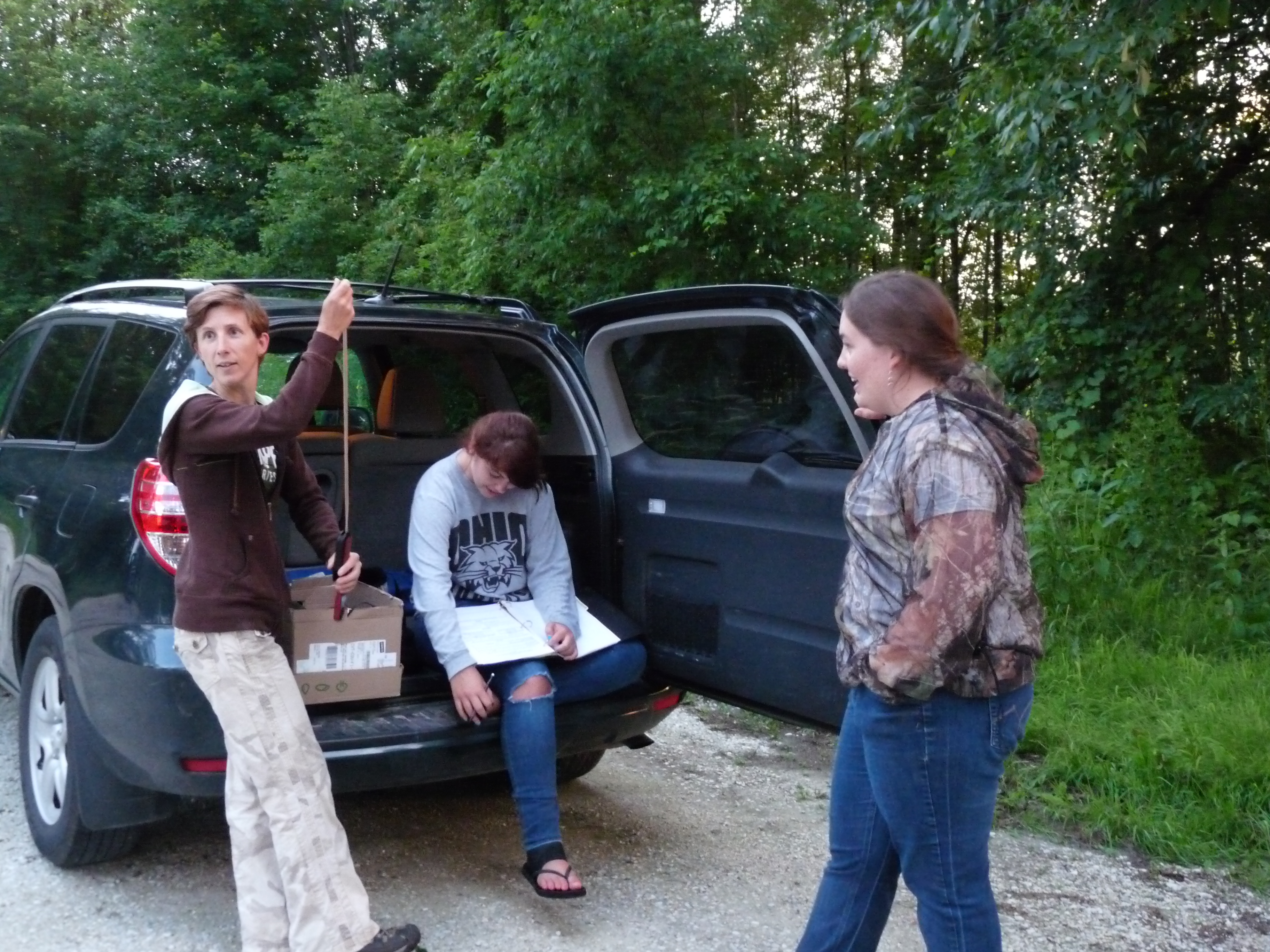 Because of white nose syndrome (WNS), counting bats is more important than ever. In regions where WNS has already struck, wildlife researchers are tracking survival rates. In regions where it hasn’t struck, wildlife researchers are collecting baseline data.
Because of white nose syndrome (WNS), counting bats is more important than ever. In regions where WNS has already struck, wildlife researchers are tracking survival rates. In regions where it hasn’t struck, wildlife researchers are collecting baseline data.
In Georgia, volunteers are using Anabat bat detectors to assist the Georgia Department of Natural Resources’ Nongame Conservation Section in their counts. Read the story in the Augusta Chronicle.
In Long Cave in Kentucky’s Mammoth Cave National Park they are using LIDAR, a combination of light and radar, to count bats without disturbing them. This technology seems like a dream come true for bat biologists in the age of WNS. Bat Conservation International partnered with the Cave Research Foundation and the U.S. National Park Service to test the new technology.
Learn more about the technology and the test in the Bat Conservation International newsletter, here.
Vermont Fish and Wildlife is conducting its third year of summer bat surveys. The surveys are mostly done the old-fashioned way, by squinting into the dusk and counting, but the surveyors also have use of an Anabat and night vision goggles. In certain locations they trap and sometimes radio tag bats.
I know all about it, because I wrote an article, but I can’t link to it because it is behind a paywall. If you happen to have a subscription to the Rutland Herald, you can read it here. (Although I suspect that link isn’t good for long either.)
Photo: Vermont Fish and Wildlife bat biologist and interns prepare to count bats. By Madeline Bodin
